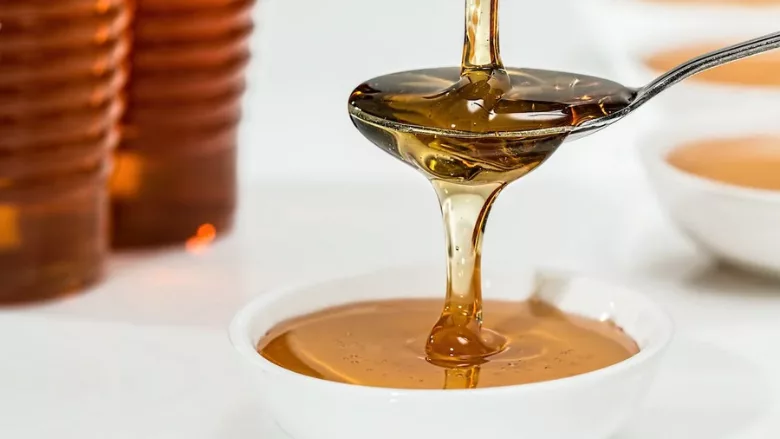EFSA Assesses Risk of Grayanotoxins in Honey

Credit: Pixabay via Pexels
The European Food Safety Authority (EFSA) has released data on the risks to human health posed by the presence of grayanotoxins in honey. The risk assessment was conducted following a request form the European Commission.
The study included all structurally related grayananes co-occurring with grayanotoxins in honey and other foods. Grayananes are a type of chemical produced by certain flower species. They can affect human muscles, the nervous system, and the cardiovascular system when ingested. Consuming grayananes may cause symptoms such as atrioventricular block, convulsions, mental confusion, agitation, syncope, and respiratory depression. The substance can accumulate in honey produced by honeybees that collect the nectar of flowering plants containing grayananes.
Some grayanane-producing plant species are used for commercial honey production, the most important being Rhododendron ponticum, R. luteum, and R. ferrugineum. These flower species are present in Türkiye, the Alps, and the Pyrenees. Additionally, Non-Rhododendron honey from Agarista salicifolia is associated with grayanane acute intoxications in humans on the French island of La Réunion.
Acute intoxications reported in the last decades from European countries are mainly associated with imported honey from Turkey or Nepal, but some have also been caused by honey from other countries. No intoxication cases have been reported for honey from the EU. Approximately 20 grayananes have been identified in or associated with honey.
Acute animal toxicity studies have shown cardiovascular effects, decreased respiratory rate, and impairment of the nervous system shortly after exposure to grayananes. Among these, blood pressure reduction and bradycardia were most representative of the symptoms of human intoxication. Additionally, known amounts of ingested Rhododendron honey associated with acute intoxication in humans vary, ranging from 5–150 grams of product with levels of grayanotoxin between 0.5–54 milligrams per kilogram (mg/kg). These cases resulted in symptoms with a rapid onset that affected the nervous and cardiovascular systems. Poisoning symptoms persisted between a few hours and a few days, with a typical 1–2 day full recovery.
EFSA was able to assess the health risk posed by grayanotoxins in honey using the margin of exposure (MOE) approach, which is a ratio of the dose at which measurable adverse effects are observed, and the level of exposure to a substance for a given population. A ratio above 10,000 indicates a low concern for consumers. The estimated MOEs for grayanotoxins in honey were below 100, therefore raising health concerns for acute toxicity.
EFSA estimates the highest concentration for grayanotoxins in honey that would not have effects on heart rate and blood pressure to be 0.05 mg/kg for toddlers, and EFSA is 75 percent certain that 0.05 mg/kg is protective for all age groups.
However, only a few of the more than 1,000 cases of intoxication that were retrieved in published literature provided quantitative information on the content of grayananes in the honey. Due to a general lack of reported data, more research is required to improve the risk assessment for humans and reduce uncertainties.
Looking for quick answers on food safety topics?
Try Ask FSM, our new smart AI search tool.
Ask FSM →







